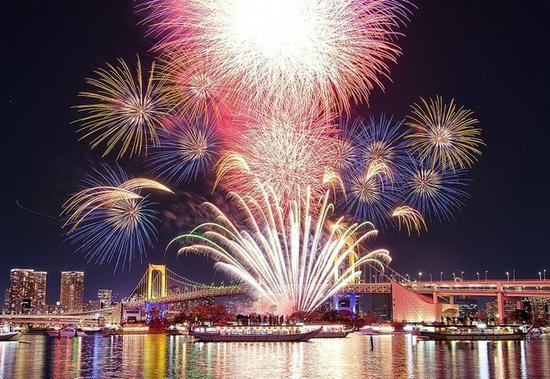Music, beer and brilliant light shows are always used to celebrate the arrival of the New Year. In general, we greet our own New Year with the help of fireworks, light bulbs and other performances that are displayed through chemical reactions. But if you happen to be at high latitudes — any hemisphere above 45 degrees (especially 50 degrees) — you might see the most beautiful "light show" you've ever seen in your life anywhere in the dark sky, far from artificial light sources.

At the end of the month, the Sun erupted with a coronal mass projectile, and ignorance from the Sun's outer thermal plasma was thrown into interstellar space. These jets most commonly occur at or near the Sun's equator and can move randomly in any direction. And almost all of the ejecta didn't concentrate on our planet at all. Every once in a while, we find the right direction, with particles, consisting mainly of fast-moving ionized atoms, moving toward Earth in a collisional manner.
If it weren't for the combined protection provided by our planet's magnetic field and Earth's thick atmosphere, this would have become a potential danger. Ionized atoms are charged—either positively or negatively charged—so when they encounter the Earth's magnetic field, they are forced to turn due to the action of electromagnetic forces. This keeps most of the ionized particles far from Earth, but there are also a handful of particles that enter our atmosphere along the magnetic poles, where they hit our world in the form of a "ring" on both the north and south sides.
The more intense the flares emitted by the sun, the faster and more energetic these particles are, and therefore the farther they can penetrate the equator. Our atmosphere directly protects humans and all living things from these particles, but that's only because it's too thick. The hydrogen, oxygen and nitrogen in our upper atmosphere are irradiated, ionized, and finally recombined with free-floating electrons.
When the energy levels of these electrons drop, they emit several specific wavelengths of light: the most common is green, but sometimes it also emits red or blue light. These lights are what we know as the Northern Lights (or The Southern Lights, in the South), or the Northern Lights (South)!
The flare at the end of the month was very good, and after two days a magnetic storm was created, he should have reached the planet's 7 k-index, usually from 0 (inactive) to 9 (maximum activity), we only reached 9 once in three years on average, so reaching 7 is pretty good! This means that the aurora borealis throughout the northern United States (and throughout Canada, Scotland, and the Scandinavian countries) is clearly visible.
But it's better to reach 7 near the winter solstice because there's so much darkness in our northern hemisphere! If your skies are clear and away from city pollution and light pollution, if you're in a vantage point, looking north (or just upwards), the gleaming curtains could be your night companion. It culminated as we wrapped up on the last day of 2015 and the first day of 2016, a sight unlike any other for astronomical observers at high latitudes on Earth.
Not to mention the astronauts circling above Earth! So far, people on the International Space Station around the Earth for about 90 minutes can see the most beautiful aurora, from the International Space Station, the aurora is not just a picture, but a complete ring, when you fly over it, you can often trace its tracks
While we're all grateful for the freedom to welcome the New Year in the way we see fit, the Aurora Show on New Year's Eve could be the best for Americans who have experienced a polar journey up close to a relatively dark place!
Related knowledge
Auroras, a plasma phenomenon, occur mainly in high latitude regions on planets with magnetic fields, while aurora belts on Earth are regions of longitude 10° to 20° from the geomagnetic poles and about 3° to 6° wide latitudes. When a magnetic storm occurs, auroras also occur at lower latitudes.
Modern physics describes in detail how it was produced, and the aurora on Earth is a luminous phenomenon caused by charged, energetic particles from the magnetosphere and solar wind being guided into the Earth's atmosphere by the geomagnetic field and colliding with atoms in the upper atmosphere (thermosphere). [1] [2] Auroras occur not only on Earth, but also on some other planets in the Solar System that have magnetic fields.
The history of aurora discovery is very early, and many superstitions or outdated theories explaining the aurora have existed for hundreds of years.
BY: Ethan Siegel
FY: Aticipate
If there is any infringement of the relevant content, please contact the author to delete it after the work is published
Please also obtain authorization to reprint, and pay attention to maintaining completeness and indicating source